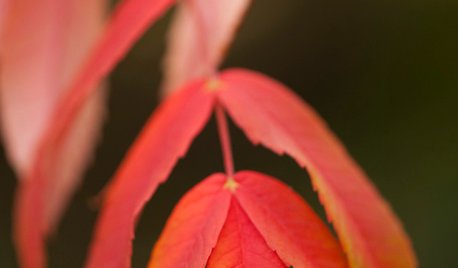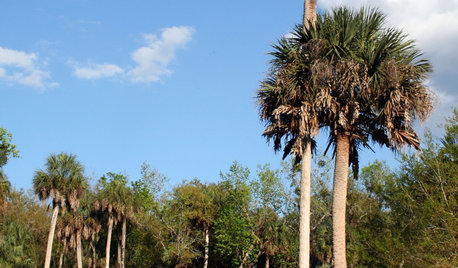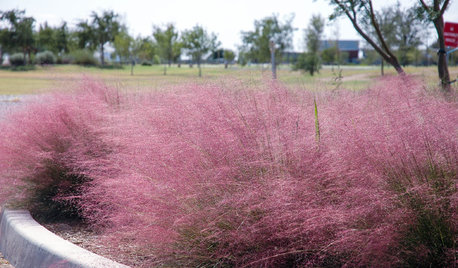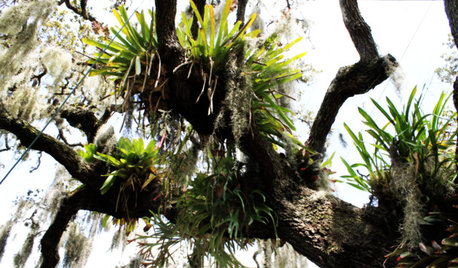Frost Cracking and Sun Scald on Various Tree Species
whaas_5a
7 years ago
Related Stories

RED FOLIAGEGreat Design Tree: Staghorn Sumac
This fall superstar burns bright red and orange in the landscape — just keep an eye on its spread while you watch the show
Full Story
GARDENING GUIDESHow to Keep Your Citrus Trees Well Fed and Healthy
Ripe for some citrus fertilizer know-how? This mini guide will help your lemon, orange and grapefruit trees flourish
Full Story
FARM YOUR YARDIf You Have Room for Only One Fruit Tree ...
Juice up a small garden with one of these easier-care or worth-the-effort fruit trees for a mild climate
Full Story
SPRING GARDENING7 Spectacular and Practical Spring-Flowering Trees
Put on a beauteous show in the garden with a landscape tree awash in flowers — just do your homework first
Full Story
GARDENING GUIDESGrow Your Own Privacy: How to Screen With Plants and Trees
Use living walls to lower your home and garden's exposure while boosting natural beauty in your landscape
Full Story
TREESGreat Design Plant: Sabal Palm Enchants in Balmy Sites
Towering and tolerant, this tree blends in, stands out and happily stars in vacation photos
Full Story
NATIVE PLANTS10 Top Plants Native to the Desert Southwest
Get a thriving garden despite unforgiving conditions with these tough, unthirsty, sun-loving beauties
Full Story
GARDENING GUIDESGot a Hot, Humid Landscape? Add Tropical Flair With Air Plants
Turn tree trunks and walls into lush canvases with plants adapted to the canopies of the rainforest
Full Story
TREES11 Japanese Maples for Breathtaking Color and Form
With such a wide range to choose from, there’s a beautiful Japanese maple to suit almost any setting
Full Story
LIGHTINGHouse Hunting? Look Carefully at the Light
Consider windows, skylights and the sun in any potential home, lest you end up facing down the dark
Full StoryMore Discussions










wisconsitom
whaas_5aOriginal Author
Related Professionals
McKinney Landscape Contractors · Cambridge Landscape Contractors · Cockeysville Landscape Contractors · Cornelius Landscape Contractors · Dunwoody Landscape Contractors · North Canton Landscape Contractors · San Rafael Landscape Contractors · Tehachapi Landscape Contractors · West Chester Landscape Contractors · Lafayette Siding & Exteriors · West Haven Siding & Exteriors · Boston Decks, Patios & Outdoor Enclosures · Clermont Decks, Patios & Outdoor Enclosures · Portage Decks, Patios & Outdoor Enclosures · Centerville Stone, Pavers & Concretewisconsitom
bengz6westmd
edlincoln
wisconsitom
NHBabs z4b-5a NH